Filter by
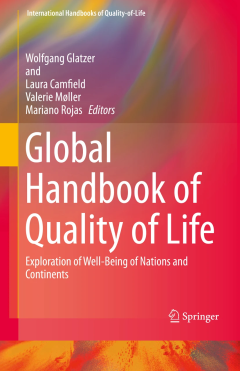
Global Handbook of Quality of Life
This handbook provides a comprehensive historical account of the field of Quality of Life. It brings together theoretical insights and empirical findings and presents the main items of global quality of life and wellbeing research. Worldwide in its scope of topics, the handbook examines discussions of demographic and health development, the spread of democracy, global economic accounting, multi…
- Edition
- -
- ISBN/ISSN
- 978-94-017-9177-9
- Collation
- -
- Series Title
- -
- Call Number
- 330 GLO

Sugar Chains
This book presents the latest breakthrough results in glycobiology regarding the roles of glycans in relation to quality control and transport of protein, the immune system, viral infection, stem cells, the neural system, and various diseases such as cancer, diabetes, chronic obstructive pulmonary disease, muscular dystrophy, and schizophrenia. Although glycoscience has long been regarded as a …
- Edition
- -
- ISBN/ISSN
- 978-4-431-55381-6
- Collation
- VIII, 288
- Series Title
- -
- Call Number
- -

Successful Aging
This book brings together state-of-the-art research on successful aging in Asian populations and highlights how the factors that contribute to successful aging differ from those in the West. It examines the differences between the Asian and Western contexts in which the aging process unfolds, including cultural values, lifestyles, physical environments and family structures. In addition, it exa…
- Edition
- -
- ISBN/ISSN
- 978-94-017-9331-5
- Collation
- VI, 349
- Series Title
- -
- Call Number
- -
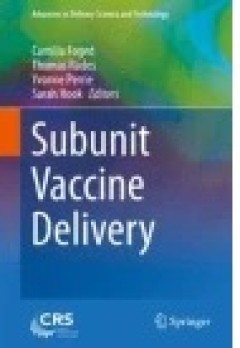
Subunit Vaccine Delivery
This comprehensive volume compiles the concepts essential for the understanding of the pharmaceutical science and technology associated with the delivery of subunit vaccines. Twenty-one chapters are divided into four main parts: (I) Background; (2) Delivery Systems for Subunit Vaccines; (3) Delivery Routes, Devices and Dosage Forms; and (4) Pharmaceutical Analysis and Quality Control of Vaccine…
- Edition
- -
- ISBN/ISSN
- 978-1-4939-1417-3
- Collation
- XIV, 431
- Series Title
- Advances in Delivery Science and Technology
- Call Number
- -
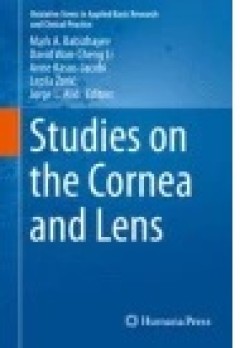
Studies on the Cornea and Lens
This comprehensive volume presents data describing the role of oxidative stress in anterior eye disease. The content is divided into three logical parts: basic science of the cornea, basic science of the lens, and clinical practices. The first two parts include eighteen chapters that discuss topics ranging from oxidative stress and dry eye disease, endogenous protection of corneal cells against…
- Edition
- -
- ISBN/ISSN
- 978-1-4939-1935-2
- Collation
- XVI, 447
- Series Title
- Oxidative Stress in Applied Basic Research and Clinical Practice
- Call Number
- -

Studies on Psychiatric Disorders
This authoritative volume reviews clinical, pathophysiological and therapeutic aspects of oxidative and nitrosative stress in different psychiatric disorders such as schizophrenia, bipolar disorder, autism, and attention deficit hyperactivity disorder (ADHD). Twenty-nine comprehensive chapters are divided into three distinct sections: clinical aspects, pathophysiological aspects, and therapeuti…
- Edition
- -
- ISBN/ISSN
- 978-1-4939-0440-2
- Collation
- XX, 596
- Series Title
- Oxidative Stress in Applied Basic Research and Clinical Practice
- Call Number
- -
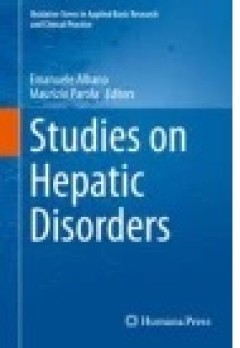
Studies on Hepatic Disorders
This volume examines the current state of free radical biology as it impacts on hepatic disorders. It takes a thorough look at the relationship of oxidative stress in acute and chronic disease and takes into account factors like: redox biomarkers; antioxidant defense and protection; cell signaling, mutations; oxidative damage involving lipids, proteins and nucleic acids; membrane trafficking, i…
- Edition
- -
- ISBN/ISSN
- 978-3-319-15539-5
- Collation
- XXII, 516
- Series Title
- Oxidative Stress in Applied Basic Research and Clinical Practice
- Call Number
- -
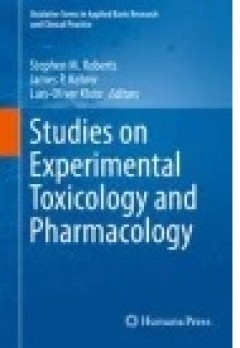
Studies on Experimental Toxicology and Pharmacology
This book focuses on data describing the roles of free radicals and related reactive species, and antioxidants, in the causes and treatments of diseases, examining both clinical and pre-clinical trials, as well as basic research. The book is divided into sub-sections with chapters on toxicological mechanisms, agents that produce toxicity, and special topics including areas such as antioxidant s…
- Edition
- -
- ISBN/ISSN
- 978-3-319-19096-9
- Collation
- XVI, 498
- Series Title
- Oxidative Stress in Applied Basic Research and Clinical Practice
- Call Number
- -
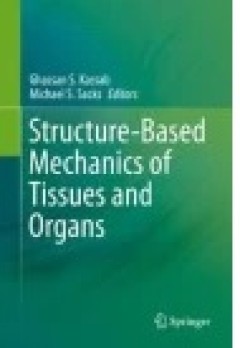
Structure-Based Mechanics of Tissues and Organs
This book portrays the commonality of tissue micro-structure that dictates physiological function in various organs (microstructure-function relation). Tissue and organ models are used to illustrate physiological functions based on microstructure. Fiber scale properties such as orientation and crimp are described in detail. Structurally-based constitutive models are given throughout the book, n…
- Edition
- -
- ISBN/ISSN
- 978-1-4899-7630-7
- Collation
- XXXIV, 469
- Series Title
- -
- Call Number
- -
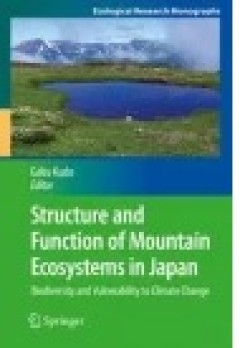
Structure and Function of Mountain Ecosystems in Japan
The purpose of this book is to summarize new insights on the structure and function of mountain ecosystems and to present evidence and perspectives on the impact of climate change on biodiversity. This volume describes overall features of high-mountain ecosystems in Japan, which are characterized by clear seasonality and snow-thawing dynamics. Individual chapters cover a variety of unique topic…
- Edition
- -
- ISBN/ISSN
- 978-4-431-55954-2
- Collation
- VII, 173
- Series Title
- -
- Call Number
- -
 Computer Science, Information & General Works
Computer Science, Information & General Works  Philosophy & Psychology
Philosophy & Psychology  Religion
Religion  Social Sciences
Social Sciences  Language
Language  Pure Science
Pure Science  Applied Sciences
Applied Sciences  Art & Recreation
Art & Recreation  Literature
Literature  History & Geography
History & Geography